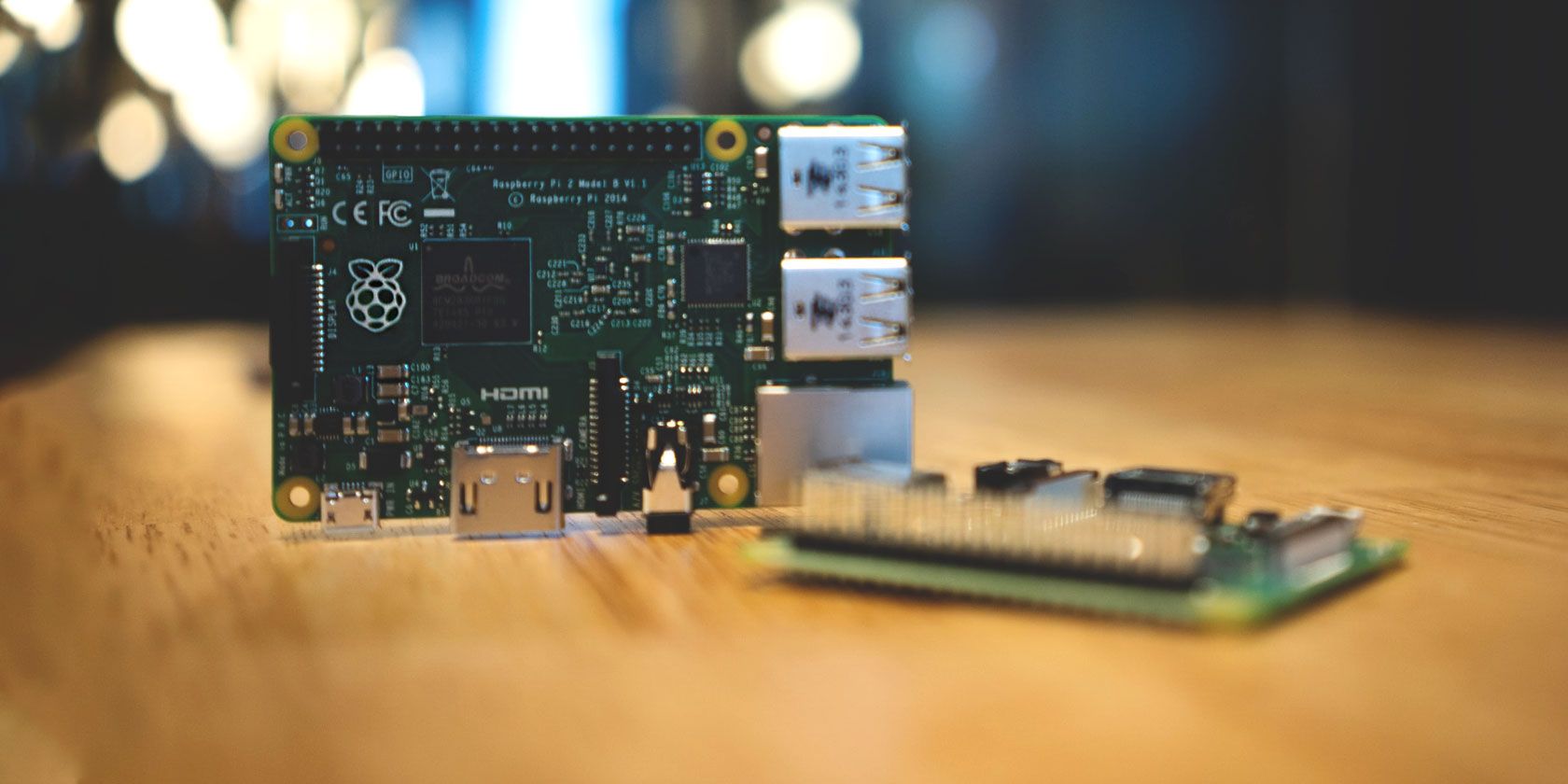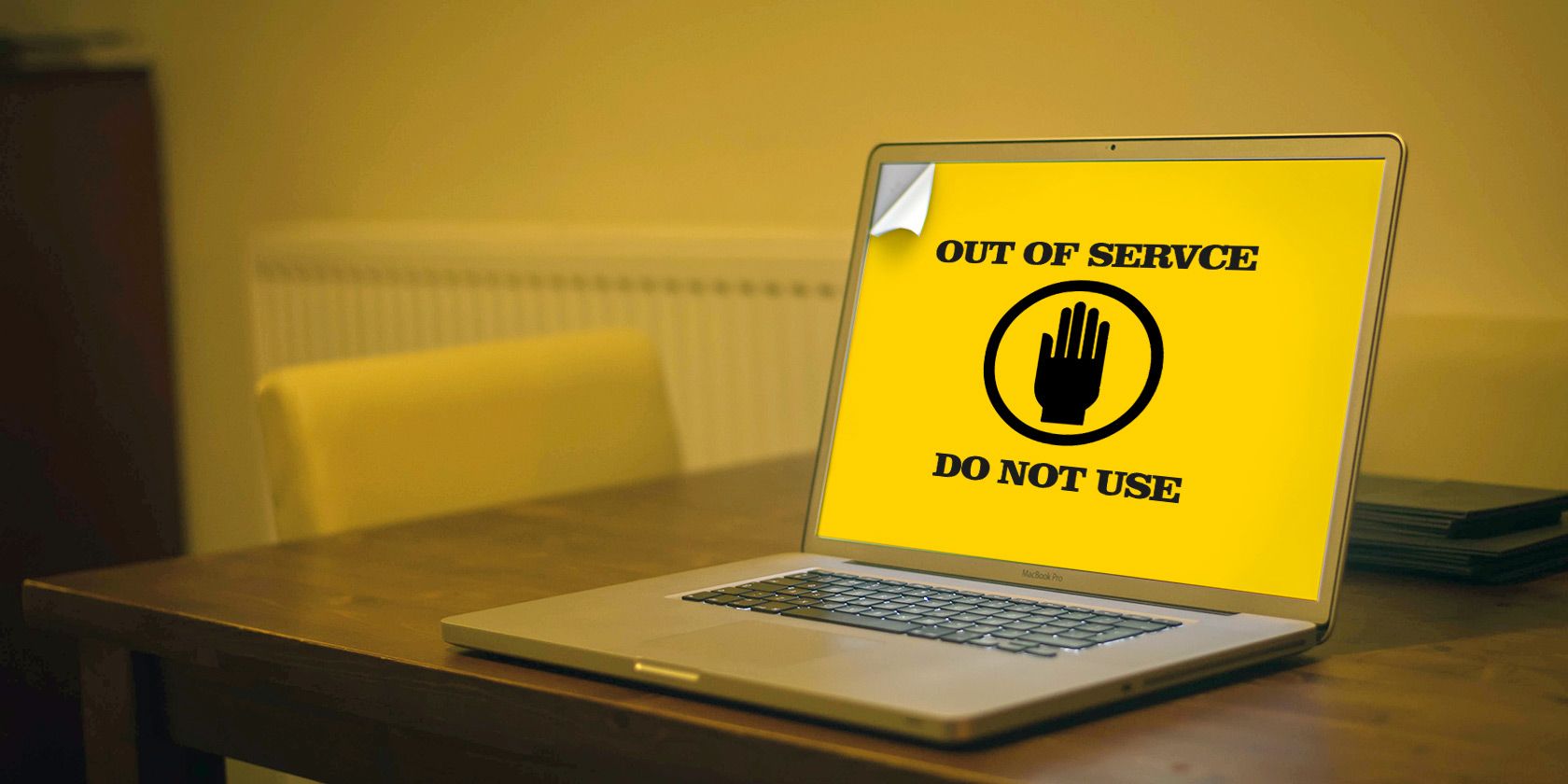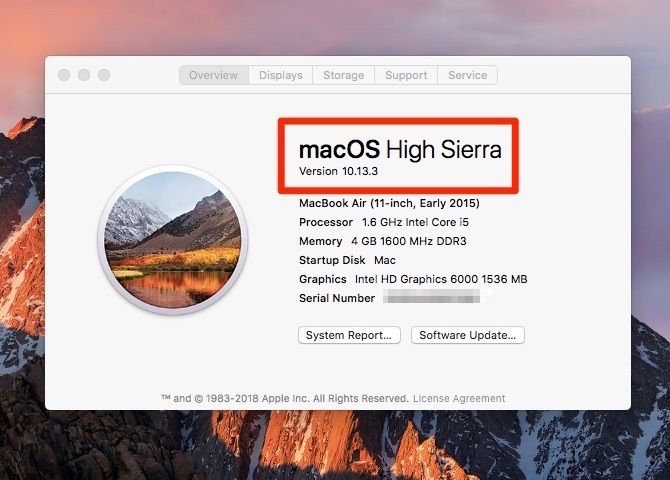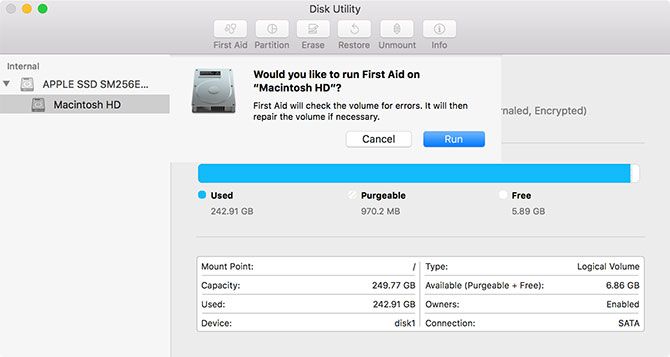
A blog about how-to, internet, social-networks, windows, linux, blogging, tips and tricks.
27 September 2019
Google will soon open a cloud region in Poland
Google today announced its plans to open a new cloud region in Warsaw, Poland to better serve its customers in Central and Eastern Europe.
This move is part of Google’s overall investment in expanding the physical footprint of its data centers. Only a few days ago, after all, the company announced that, in the next two years, it would spend $3.3 billion on its data center presence in Europe alone.
Google Cloud currently operates 20 different regions with 61 availability zones. Warsaw, like most of Google’s regions, will feature three availability zones and launch with all the standard core Google Cloud services, including Compute Engine, App Engine, Google Kubernetes Engine, Cloud Bigtable, Cloud Spanner, and BigQuery.
To launch the new region in Poland, Google is partnering with Domestic Cloud Provider (a.k.a. Chmury Krajowej, which itself is a joint venture of the Polish Development Fund and PKO Bank Polski). Domestic Cloud Provider (DCP) will become a Google Cloud reseller in the country and build managed services on top of Google’s infrastructure.
“Poland is in a period of rapid growth, is accelerating its digital transformation, and has become an international software engineering hub,” writes Google Cloud CEO Thomas Kurian. “The strategic partnership with DCP and the new Google Cloud region in Warsaw align with our commitment to boost Poland’s digital economy and will make it easier for Polish companies to build highly available, meaningful applications for their customers.”
Read Full Article
Creativity builds nations | Muthoni Drummer Queen
In a hopeful talk followed by an empowering performance, musician and TED Fellow Muthoni Drummer Queen shares how industries like music, film and fashion provide a platform for Africans to broadcast their rich and diverse talents -- and explains how the shared experience of creativity can replace attitudes of exclusionism and othering with acceptance and self-love.
Click the above link to download the TED talk.
HTC’s new CEO Yves Maitre is coming to Disrupt San Francisco
Earlier this month, HTC cofounder Cher Wang stepped down from her role as CEO. In her place, former Orange EVP Yves Maitre has taken up the reins for the Taipei-based smartphone maker.
One of Maitre’s first acts as the head of HTC will be to join us at Disrupt in October. The interview — and his new role — comes at a tenuous time for HTC. The company has been harder hit than most by several years of stagnant smartphone sales.
In spite of a $1.1 billion deal in 2017 that gave Google access to most of the Taiwanese company’s R&D resources, the following year still saw massive layoffs. All the while, it has looked to emerging technologies like VR and blockchain as a potential way forward in an oversaturated market. In his first public interview, Maitre will discuss how HTC got here and what the company can and will do to help turn the ship around.
Maitre joins an incredible speaker lineup, which includes Steph Curry, Rachel Haurwitz from Caribou Bioscience, Joseph Gordon-Levitt, and Zoox’s Aicha Evans. Still need tickets? You can pick those up right here.
Read Full Article
HTC’s new CEO Yves Maitre is coming to Disrupt San Francisco
Earlier this month, HTC cofounder Cher Wang stepped down from her role as CEO. In her place, former Orange EVP Yves Maitre has taken up the reins for the Taipei-based smartphone maker.
One of Maitre’s first acts as the head of HTC will be to join us at Disrupt in October. The interview — and his new role — comes at a tenuous time for HTC. The company has been harder hit than most by several years of stagnant smartphone sales.
In spite of a $1.1 billion deal in 2017 that gave Google access to most of the Taiwanese company’s R&D resources, the following year still saw massive layoffs. All the while, it has looked to emerging technologies like VR and blockchain as a potential way forward in an oversaturated market. In his first public interview, Maitre will discuss how HTC got here and what the company can and will do to help turn the ship around.
Maitre joins an incredible speaker lineup, which includes Steph Curry, Rachel Haurwitz from Caribou Bioscience, Joseph Gordon-Levitt, and Zoox’s Aicha Evans. Still need tickets? You can pick those up right here.
Read Full Article
How one tree grows 40 different kinds of fruit | Sam Van Aken
Artist Sam Van Aken shares the breathtaking work behind the "Tree of 40 Fruit," an ongoing series of hybridized fruit trees that grow 40 different varieties of peaches, plums, apricots, nectarines and cherries -- all on the same tree. What began as an art project to showcase beautiful, multi-hued blossoms has become a living archive of rare heirloom specimens and their histories, a hands-on (and delicious!) way to teach people about cultivation and a vivid symbol of the need for biodiversity to ensure food security. "More than just food, embedded in these fruit is our culture ... In many ways, these fruit are our story," Van Aken says.
Click the above link to download the TED talk.
The Galaxy Fold is now available for purchase in the US
This is, surely, the moment some loyal fans have waited for. And understandably so. The Galaxy Fold is, by all measures, an exciting phone. It’s the sort of bold brashness that has helped Samsung set itself apart from the competition. Many of us laughed at the Galaxy Note, too, and yet here we are, with larger phones across the board.
Five months after originally planned, the Galaxy Fold goes on sale today in the U.S. The handset has had its share of set backs, of course. The first round ran into problems from several reviewers for a variety of reasons. And as I outlined yesterday, I ran into my own issues with the reinforced version of the handset.
Even in its current version, the Galaxy Fold is a fragile thing. That’s something Samsung has been abundantly cautious about disclosing, through a video pleading to “just use a light touch” and a lot of paper work that ships with the device. I’ll be giving more thoughts on my time with the product in an upcoming writeup. In the meantime, however, anyone thinking of plunking down the $2,000 and up needs to factor that into the equation.
But this is a phone, not a faberge egg. It will be interesting to see how wider availability plays out. There is still a sense around the launch that we’re dealing with a sort of wider scale beta phase here. It would be silly to suggest that the foldable category will live or die by this launch, but it will surely be the most closely watched device release in recent memory.
Also out today is the Galaxy Watch Active 2. If been wearing that device around as well. More on that soon, but so far, so good.
Read Full Article
Turn Your Raspberry Pi Into a Media Server With Emby

Looking for a smart, easy-to-use Raspberry Pi media server solution with a good choice of client apps? Perhaps you looked at Plex or Kodi but found they didn’t seem right. If so, it’s worth giving Emby a go.
Easy to install and set up, Emby is a smart media server alternative. Here’s how to install Emby Server and Emby Theater on the Raspberry Pi.
What Is Emby?
Emby is a media server. While it isn’t as well-known as other solutions (e.g. Plex, or Kodi), open source Emby has client and server software. This means that you can install the server module on the computer with your media on it, then share to other devices using client apps.
Various plugins can extend the features of Emby. You’ll find IPTV plugins for internet TV, for example. Emby also offers built-in parental controls, to help protect your family from sensitive content. While Emby is less well-known than its competitors, the userbase is growing.
For more information, here’s why you should forget Plex and Kodi, and try Emby instead.
What You Need for a Raspberry Pi Emby Media Center
To build an Emby media server, you will need:
- Raspberry Pi 2 or later (we used the Raspberry Pi 4)
- microSD card (16GB or more for the best results)
- PC with a card reader
- Keyboard and mouse
- HDMI cable and suitable display
Make sure you have a suitable power connector for your Raspberry Pi.
The process is straightforward: install Emby, connect it to your network, then use it as a media server. Media stored on a USB hard disk drive can be added to Emby, then served to devices on your network.
For example, the Raspberry Pi Emby box could serve your favorite home movies and photos to your TV or mobile.
Install the Emby Media Server on Raspberry Pi
Installing the Emby Server on Raspberry Pi’s default Raspbian Buster is straightforward. Open a terminal and update and upgrade to begin:
sudo rpi-update
sudo apt dist-upgradeNext, use wget to download the ARMHF version from the Linux downloads page; this version is compatible with the Raspberry Pi.
wget https://github.com/MediaBrowser/Emby.Releases/releases/download/4.2.1.0/emby-server-deb_4.2.1.0_armhf.debInstall this with
dpkg -i emby-server-deb_4.2.1.0_armhf.debWait while this completes. Your Raspberry Pi-powered Emby server is installed. All you need to do now is configure it.
Configure Your Emby Media Server
Access the Emby Server via your browser. It’s easiest using the Raspberry Pi itself—use the address http://localhost:8096.
This brings you to the server set up. You’ll need to set the preferred language, username, password, and other options. Setup also gives you the option to link your Emby Connect account. This is a great way to connect to your server from any Emby account, without needing the IP address. However, it’s not necessary.
Following this, you’ll see the Setup your media libraries screen. Here, click Add Media Library.

Simply browse for the location, then set the meta information according to the menus.

This is mostly language-based and shouldn’t take long.

When you’re done adding media locations, click Save. It’s time to start viewing content on your Emby media server!
Connect Any Device to Your Emby Server
An impressive collection of apps is available for Emby. Want to watch on a smart TV? You can! You’ll also find apps for Android TV and Amazon Fire TV, along with Xbox One and PS4. Using Kodi? There’s an Emby add-on available.
Additionally, Emby produce mobile apps for Android and iOS mobile devices. There is even a version for Windows 10 and Windows 10 Mobile, as well as a HTML5 web client.
In short, all devices are covered.
To enjoy content on your Emby server, simply install the app and proceed through the setup. You’ll be asked for the server or device name, and if you set it up, the Emby account credentials.
Once this is all configured, you’ll be ready to enjoy streamed media from your Raspberry Pi Emby server.
Set Up Raspberry Pi as an Emby Client
Thanks to the Emby Theater tool for Linux, you can view the media files on your Raspberry Pi Emby server on another Pi.

You have two choices to install the Emby Theater client app on a Raspberry Pi.
- Download the DEB file to your Raspberry Pi and install it on Raspbian Buster (or any Debian-based operating system).
- Alternatively, download a full disk image, write it to a spare SD card, and boot this.
Use the appropriate download link based on how you plan to install Emby on your Pi.
Download: Emby Theater DEB File for Raspbian Buster
Download: Emby Theater Disk Image
With your chosen download complete, it’s time to install Emby.
How to Install Emby Theater on Raspbian Buster
Get started with Emby Theater by downloading the DEB file from GitHub. This should be downloaded direct to your Raspberry Pi, or to a location from it can be copied to the Pi.
Next, open the terminal and update and upgrade:
sudo rpi-update
sudo apt dist-upgradeNext, run the installation command:
sudo apt install -f ./emby-theater_3.0.9_armhf.debThen reboot:
rebootFinally, run Emby with
emby-theaterWant Emby Theater to autostart when you boot your Pi? That’s not a problem. In the terminal, edit the autostart file:
sudo nano ~/.config/lxsession/LXDE-pi/autostartScroll to the end and add:
@emby-theaterSave and exit (Ctrl + X, then Y) and restart your Raspberry Pi. Emby should automatically start. Of course, if you want this functionality then it’s smarter to just install the disk image.
Install Emby Theater From a Disk Image
To turn your Raspberry Pi into a dedicated Emby client, download the zipped disk image to your main PC.
Next, unzip the file. By now you should have your Raspberry Pi’s SD card inserted in your PC’s card reader.
Launch Etcher, then click Select image to browse for the IMG file. Ensure that the correct drive is selected (Etcher is good at autodetecting flash media but check regardless) then Flash. Etcher will format the media and write the Emby disk image.

A notification will appear when done. Close the software, safely eject the SD card, then replace it in your Raspberry Pi. The computer should boot straight into Emby Theater.
Stream Content on Raspberry Pi With Emby
Emby brings a whole new dimension to serving media on a Raspberry Pi. To start off, it’s compatible with the Raspberry Pi 4, and the hardware boost this delivers over its predecessors.

But there’s more to Emby. Don’t want the bells and whistles of a Raspberry Pi Plex server? Find that streaming content on Kodi isn’t as smooth as you would like? Don’t worry. Emby has a clearer focus to sharing media on your network. Sure, you can upgrade to the Emby subscription program for additional features, but you probably won’t need these.
With apps for virtually any device, you’ll find Emby is perfectly suited to the Raspberry Pi and your media files.
Considering alternatives? Here are more ways you can set up your Raspberry Pi as a media server.
Read the full article: Turn Your Raspberry Pi Into a Media Server With Emby
Read Full Article
6 Signs It’s Time to Replace Your Mac

While Apple’s computer hardware lasts a long time, you’ll still have to say goodbye to your Mac at some point. If you’ve had trouble with your machine, you might wonder when to get a new MacBook or if you should stay with your current one a bit longer.
Let’s look at some of the major signs that your Mac is out of date. We’ll look at ways you can work around these issues, plus consider whether it’s time to purchase a new computer.
How Long Do Macs Last?
Whether you’re taking stock of your old machine or thinking about the value of a new purchase, you might wonder how long MacBooks and other Mac models last.
There isn’t an exact answer for this, as it depends on a variety of factors. Someone who only uses their Mac for web browsing can get away with using the same machine for longer than someone who runs dozens of apps and does high-intensity tasks like video editing.
The definitions from Apple’s Vintage and Obsolete products page give an idea of device longevity. Vintage products are devices that stopped being manufactured between five and seven years ago. A product is considered obsolete if it was discontinued more than seven years ago.
Taking a look at macOS compatibility (discussed below), we can see that generally, Macs are eligible for the latest macOS version for about seven years. Apple generally supports each macOS version for three years.
Third-party apps are a bit more generous. As of this writing, popular apps like Chrome, Dropbox, and Spotify all require OS X 10.10 Yosemite (released in 2014) or above.

Taking all this together, say you bought a brand-new Mac in 2019. It would likely receive macOS updates until 2026. The OS released in 2026 would receive support from Apple until 2029, and most third-party tools until at least 2031.
This means that in general, you can expect about 10 years of life from a Mac, barring any unforeseen hardware issues. Now let’s look at some signs your Mac is at the end of its life.
1. You Can’t Run the Latest Version of macOS

Each year around September/October, Apple releases a new version of macOS. Mac models from the past several years are capable of running it. This means if your computer won’t upgrade to the latest edition of macOS, it’s becoming obsolete.
At the time of writing, the release of macOS 10.15 Catalina is imminent. The following Mac models will receive the update:
- MacBook (2015 and later)
- MacBook Air (2012 and later)
- MacBook Pro (2012 and later)
- iMac (2012 and later)
- iMac Pro (2017 and later)
- Mac Pro (2013 and later)
- Mac mini (2012 and later)
If your computer isn’t on that list, it’s likely entered Obsolete status. As mentioned earlier, while you won’t get any new macOS features, you’ll still be able to use your computer as-is for a while.
But after a year or two, you won’t receive security updates and third-party software might stop working. This means you’ll need to think about upgrading soon.
2. A Constant Lack of Free Space

As technology advances, apps and files continue to take up more space. This results in a constant struggle for free space for anyone who has an older machine with a paltry amount of storage.
If you have a 128GB or even 256GB SSD in your MacBook, you probably have to juggle files to free up space constantly. This might mean freeing up space on your Mac whenever possible, or possibly adding more storage to your Mac with an external hard drive or other methods.
You can use these workarounds to survive with a small amount of space for a while. But once you get sick of them, it’s time to upgrade to a new Mac with plenty of storage space.
3. Your Machine’s Components Aren’t Powerful Enough

Your storage disk is just one computer component that declines with age. A lack of RAM will prevent you from running many applications at once, and an old CPU means tasks like editing 4K video are extremely slow or impossible. You’ll also notice overall system performance suffers.
Another components that takes a hit over the years is the battery in MacBooks. Rechargeable batteries only have a certain number of cycles before they’re “spent” and don’t hold a charge for long. macOS will warn you when your battery is getting to the end of its life.
If you’ve used the battery extensively, it might only last an hour before you need to charge it. You can get around this by always using your laptop on the charger, but that sacrifices the portability, of course.
If you have an older Mac, you might be able to upgrade or mitigate these issues somewhat by adding more RAM, swapping the HDD for an SSD, or replacing the battery. However, this is basically impossible on newer Mac models, as most components are soldered to the motherboard.
The money you would spend on a professional hardware upgrade or battery replacement is almost certainly better put towards a new machine. Apple’s service page states that it costs between $129 and $199 for a Mac battery replacement, which isn’t cheap.
4. Hardware Damages

An obvious reason you need to replace your MacBook is when it suffers serious physical damage. Maybe you dropped it and damaged the hard drive, or slammed the screen down on some debris and cracked it.
In these cases, your computer is unusable until you get it fixed or replace it. And as discussed above, it doesn’t make a lot of sense to pour hundreds of dollars into an obsolete machine when you can get a new one that will last longer.
Barring a major hardware catastrophe, a long list of small issues can quickly become a big problem too. An old computer is often a lot like an old car. You can live with a few odd issues if they don’t impact your ability to use it properly, but eventually something big will go wrong and you’ll have to decide whether to fix it or upgrade.
Little problems, like your charger not working unless it’s in just the right spot, dead pixels on the display, stuck keys, and crackling speakers aren’t necessarily cause for a replacement. But when your computer has so many small quirks that it’s barely usable, you should cut your losses and look into a replacement machine that will perform much better.
5. Frequent Software Issues

An outdated Mac can also manifest itself through software issues. You might experience frequent OS freezes, where everything becomes unresponsive. Other common issues include visual glitches and random shutdowns.
When you experience these, you should make sure you have enough space free as discussed earlier. If an SMC and PRAM reset don’t fix the problem, you should try reinstalling macOS and see if your problems persist.
Hopefully they disappear after this troubleshooting. But if not, you likely have hardware issues and should considering upgrading your Mac.
6. The Timing Is Right

Maybe you’re ready to upgrade your Mac, but you can live with whatever issues it has and don’t need to buy one right away. In that case, you should wait for the right time to get a new Mac.
Apple releases new models for most Mac machines yearly. You shouldn’t buy one right before the new models release, as you can wait a bit longer to get a brand-new machine that will last longer for the same price.
Before you buy, check out the MacRumors Buyer’s Guide. This keeps track of Apple hardware releases so you don’t get caught spending full price on an old model.
If you can’t afford the latest model or want to save some money, you can opt for an older or refurbished model. Just keep in mind that the older the computer you buy, the sooner it will become obsolete.
Check out some tips on saving money when buying a MacBook for advice.
Know When to Get a New Mac
We’ve looked at the major signs that it’s time to upgrade your MacBook or iMac, plus how long a Mac generally lasts. Your exact mileage will vary with your usage and computing needs, but it’s clear that Macs have a reliable reputation for a reason.
If you really can’t afford a new machine at the moment, have a look at ways to make an old Mac feel like new.
Read the full article: 6 Signs It’s Time to Replace Your Mac
Read Full Article
DARPA aims to make networks 100 times speedier with FastNIC
Having a slow connection is always frustrating, but just imagine how supercomputers feel. All those cores doing all kinds of processing at lightning speed, but in the end they’re all waiting on an outdated network interface to stay in sync. DARPA doesn’t like it. So DARPA wants to change it — specifically by making a new network interface a hundred times faster.
The problem is this. As DARPA estimates it, processors and memory on a computer or server can in a general sense work at a speed of roughly 10^14 bits per second — that’s comfortably into the terabit region — and networking hardware like switches and fiber are capable of about the same.
“The true bottleneck for processor throughput is the network interface used to connect a machine to an external network, such as an Ethernet, therefore severely limiting a processor’s data ingest capability,” explained DARPA’s Jonathan Smith in a news post by the agency about the project. (Emphasis mine.)
That network interface usually takes the form of a card (making it a NIC) and handles accepting data from the network and passing it on to the computer’s own systems, or vice versa. Unfortunately its performance is typically more in the gigabit range.
That delta between the NIC and the other components of the network means a fundamental limit in how quickly information can be shared between different computing units — like the hundreds or thousands of servers and GPUs that make up supercomputers and datacenters. The faster one unit can share its information with another, the faster they can move on to the next task.
Think of it like this: You run an apple farm, and every apple needs to be inspected and polished. You’ve got people inspecting apples and people polishing apples, and both can do 14 apples a minute. But the conveyor belts between the departments only carry 10 apples per minute. You can see how things would pile up, and how frustrating it would be for everyone involved!
With the FastNIC program, DARPA wants to “reinvent the network stack” and improve throughput by a factor of 100. After all, if they can crack this problem, their supercomputers will be at an immense advantage over others in the world, in particular those in China, which has vied with the U.S. in the high performance computing arena for years. But it’s not going to be easy.
“There is a lot of expense and complexity involved in building a network stack,” said Smith, the first of which will be physically redesigning the interface. “It starts with the hardware; if you cannot get that right, you are stuck. Software can’t make things faster than the physical layer will allow so we have to first change the physical layer.”
The other main part will, naturally, be redoing the software side to deal with the immense increase in the scale of the data the interface will have to handle. Even a 2x or 4x change would necessitate systematic improvements; 100x will involve pretty much a ground-up redo of the system.
The agency’s researchers — bolstered, of course, by any private industry folks who want to chip in, so to speak — aim to demonstrate a 10 terabit connection, though there’s no timeline just yet. But the good news for now is that all the software libraries created by FastNIC will be open source, so this standard won’t be limited to the Defense Department’s proprietary systems.
FastNIC is only just getting started, so forget about it for now and we’ll let you know when DARPA cracks the code in a year or three.
Read Full Article